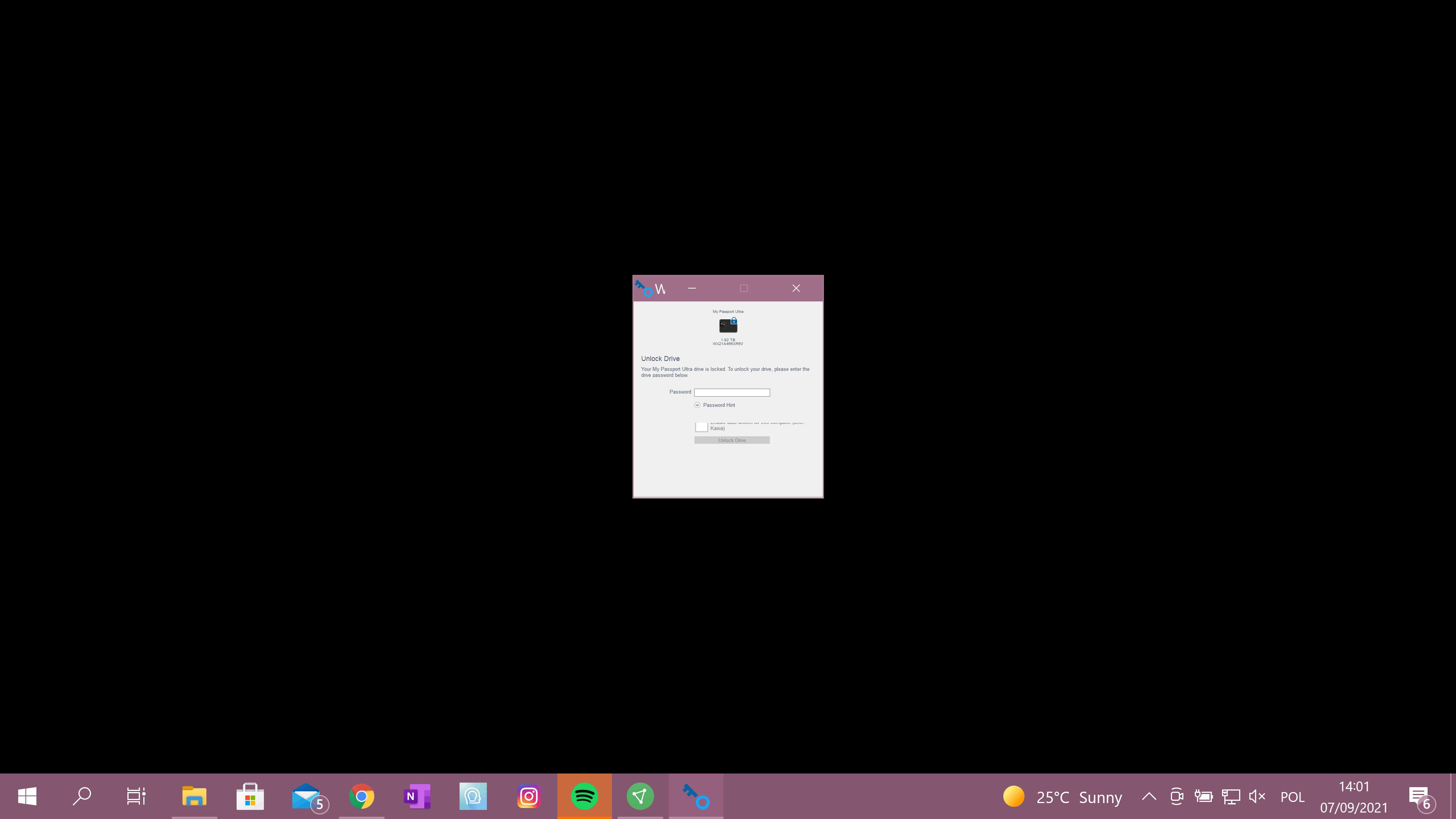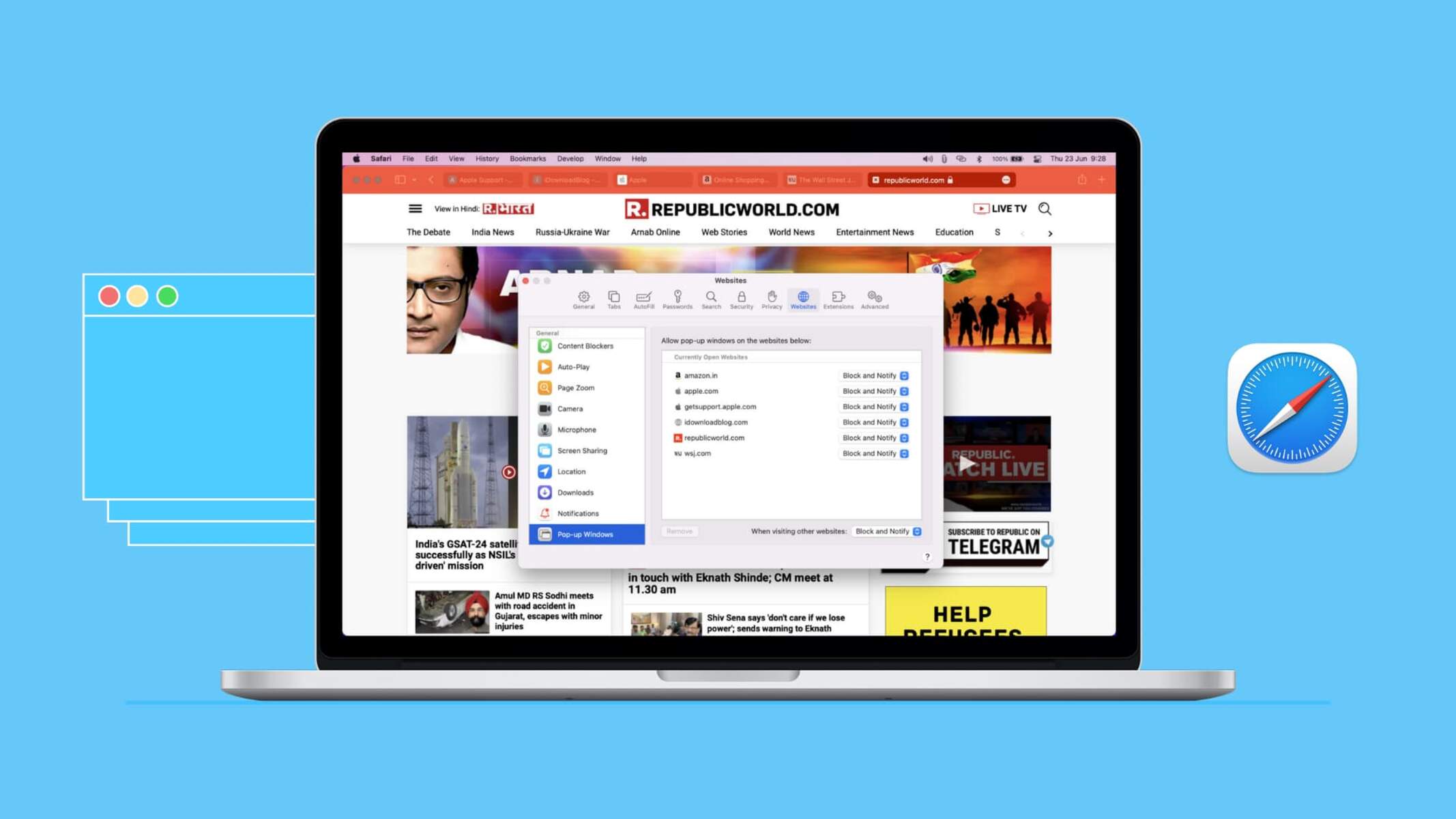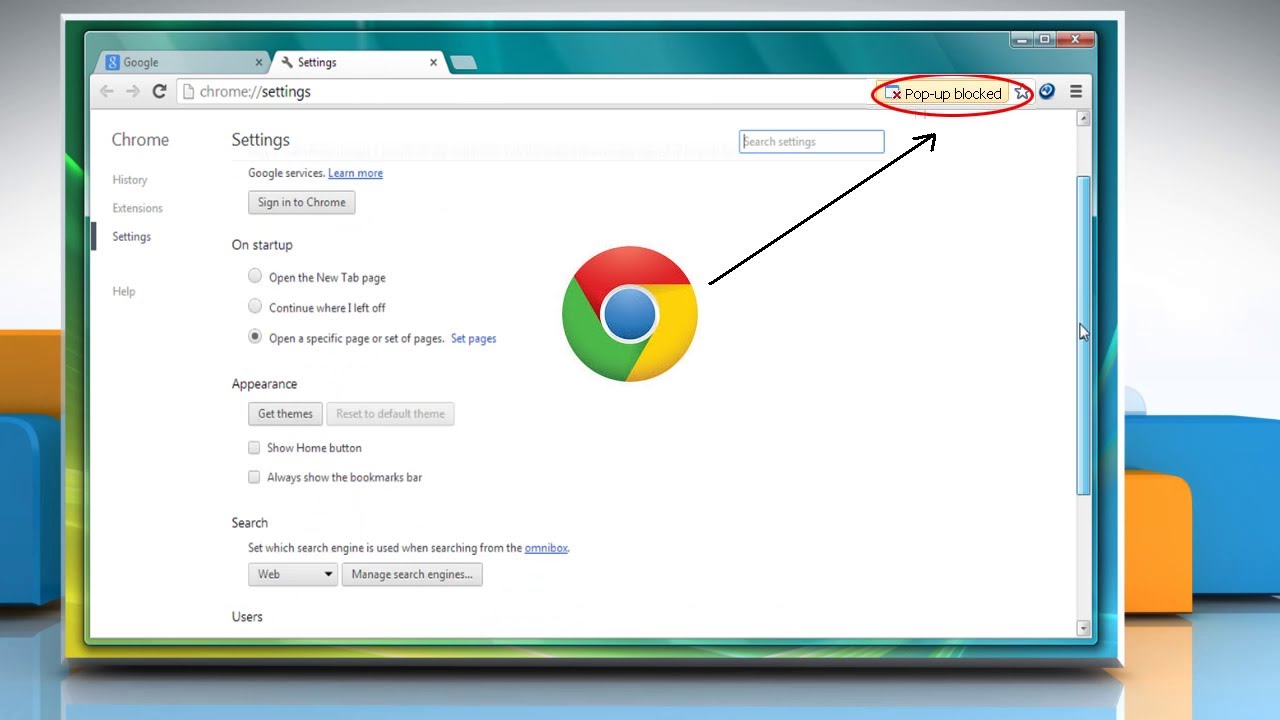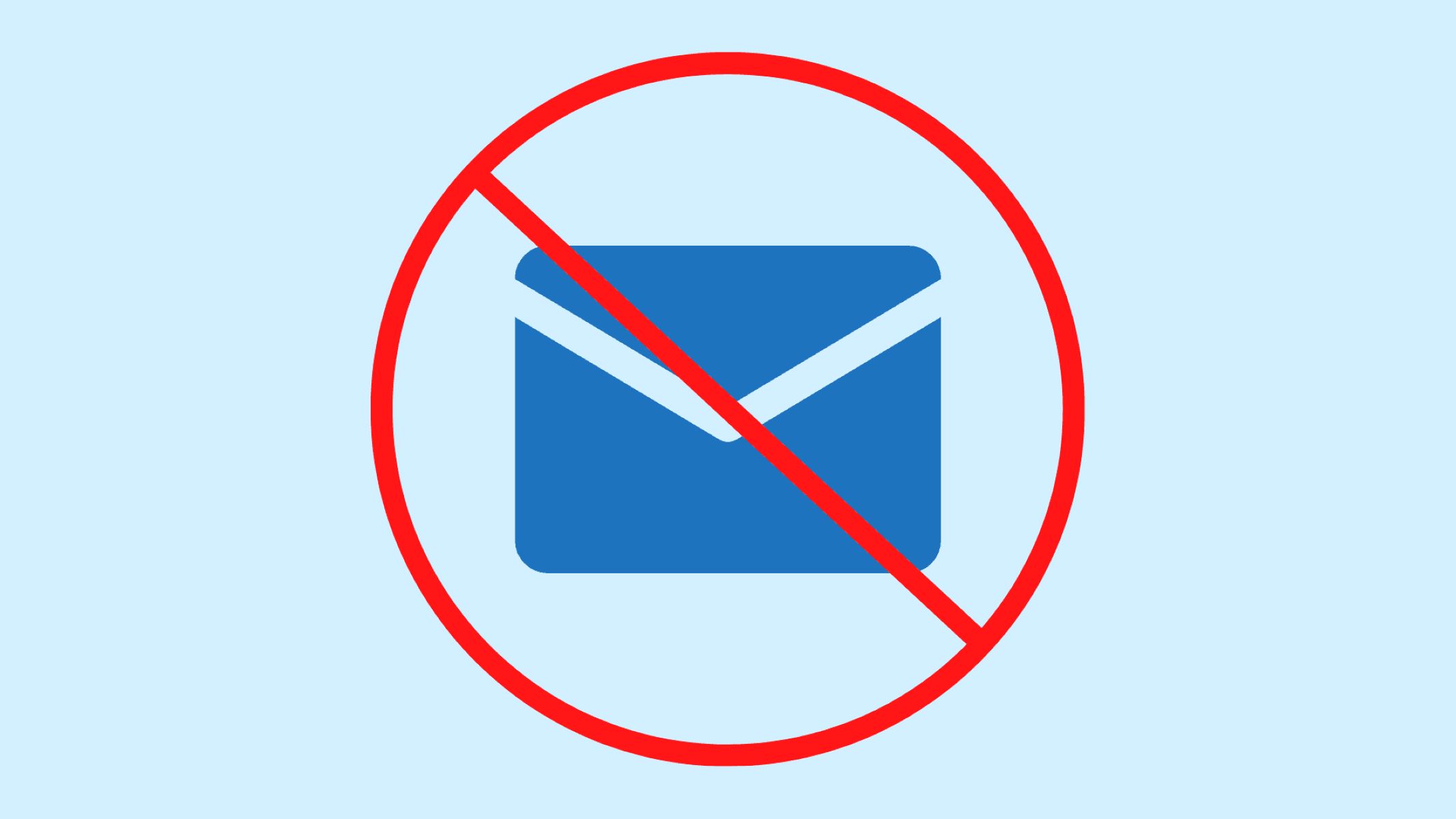Introduction
Welcome to our comprehensive guide on how to unblock pop-up windows. In today’s digital world, pop-up windows have become a common feature on many websites. While they can sometimes provide useful information or offers, they often interrupt our browsing experience and can be quite frustrating. That’s why many web browsers have included built-in pop-up blockers to help users control the display of these windows.
In this article, we will explore the different aspects of pop-up windows, including their purpose, the risks associated with them, and the popular web browsers that offer pop-up blockers. We will also provide step-by-step instructions on how to disable pop-up blockers in Google Chrome, unblock pop-up windows in Firefox, enable pop-up windows in Safari, and allow pop-up windows in Microsoft Edge.
By the end of this guide, you will have the knowledge and tools necessary to take control of your browsing experience and decide for yourself when and where pop-up windows should be displayed. So, let’s dive in and learn how to unblock pop-up windows!
Understanding Pop Up Windows
Before we delve into unblocking pop-up windows, it’s important to have a clear understanding of what they are and why they exist. Pop-up windows are small windows that appear on top of the current browser window, often displaying additional information, advertisements, or prompts. They are typically triggered by certain actions or events, such as clicking on a link or button.
Pop-up windows can serve various purposes. They can provide important notifications, such as the acceptance of cookies or confirmation of a subscription. They can also deliver promotional offers or display additional content that complements the main web page. However, they can also be used for intrusive advertising or even to spread malware.
The risks associated with pop-up windows have led to the development of pop-up blockers in web browsers. These blockers can detect and prevent pop-up windows from appearing, giving users more control over their browsing experience and protecting them from malicious or unwanted content.
It’s worth noting that not all pop-up windows are bad. Some websites rely on pop-up windows for essential functionality, such as online banking sites that use pop-up windows for secure authentication. However, distinguishing between useful and harmful pop-up windows can be challenging.
While pop-up blockers effectively prevent most unwanted pop-up windows, they can sometimes block legitimate ones as well. This can cause inconvenience and frustration, especially when interacting with certain websites or web applications that require pop-up windows to function correctly.
Now that we have a better understanding of pop-up windows and their role in our browsing experience, let’s explore the popular web browsers and their built-in pop-up blockers in the next section.
The Risks of Pop Up Windows
While pop-up windows can sometimes be beneficial, they also pose certain risks that users should be aware of. It’s essential to understand these risks to protect yourself from potential threats when browsing the internet.
One of the significant risks associated with pop-up windows is the potential for malicious content. Some pop-up windows may contain links or advertisements that lead to dangerous websites. These sites may try to trick users into providing personal information, install malware on their devices, or engage in other types of fraudulent activities. Malicious pop-up windows can be particularly troublesome for users who are not familiar with online security practices.
Another risk is the potential for unwanted and intrusive advertising. Many pop-up windows are designed to deliver ads, often in ways that disrupt the browsing experience. These ads can be distracting, slow down the website loading speed, and hinder users from accessing the desired content. In some cases, pop-up ads can even be deceptive, leading users to click on them unwittingly and exposing them to potential scams.
Furthermore, pop-up windows can be used to track user behavior and gather personal information. Some websites utilize pop-up windows to collect data on users, such as their browsing habits, preferences, and even sensitive details like email addresses or credit card information. This data is often used for targeted advertising or shared with third-party entities without the user’s knowledge or consent.
Fortunately, modern web browsers have implemented pop-up blockers to mitigate these risks. By default, these blockers prevent most pop-up windows from appearing, offering users additional security and control over their browsing experience.
However, it’s important to note that pop-up blockers are not foolproof. Some pop-up windows can still bypass the blockers or appear as disguised overlays on web pages. Therefore, it’s crucial to remain vigilant when browsing the internet and avoid clicking on suspicious or unexpected pop-up windows.
In the next section, we will explore the popular web browsers and the features they offer to block and manage pop-up windows.
Popular Web Browsers and their Pop-Up Blockers
As pop-up windows have become increasingly prevalent on the web, web browsers have responded by incorporating built-in pop-up blockers to enhance user experience and protect against potential threats. Let’s take a look at some of the most popular web browsers and the features they offer in regards to blocking and managing pop-up windows.
1. Google Chrome: Google Chrome, one of the most widely used web browsers, includes a robust pop-up blocker that prevents most unwanted pop-up windows from appearing. To disable the pop-up blocker in Chrome, you can access the browser’s settings and make adjustments to the “Privacy and Security” section.
2. Mozilla Firefox: Firefox also features a pop-up blocker that can be customized to allow or block pop-up windows as per user preferences. To unblock pop-up windows in Firefox, you can access the browser’s settings, navigate to the “Privacy & Security” tab, and make adjustments in the “Permissions” section.
3. Apple Safari: Safari, the default web browser for Apple devices, has an integrated pop-up blocker as well. By default, Safari blocks most pop-up windows, but users can modify the browser’s preferences to allow pop-ups from specific websites. This can be done through the “Preferences” menu in Safari.
4. Microsoft Edge: Microsoft Edge, the default browser for Windows 10, also includes a pop-up blocker. It prevents most pop-up windows from appearing, but users have the option to customize the pop-up settings in the “Privacy and Services” section of the browser’s settings.
5. Opera: Opera, another popular web browser, comes with a built-in pop-up blocker that effectively blocks most unwanted pop-up windows. However, users can choose to modify the pop-up settings by accessing the browser’s settings and navigating to the “Websites” tab.
These are just a few examples of popular web browsers and their pop-up blockers. Many other browsers, such as Brave, Vivaldi, and Microsoft Internet Explorer, also provide similar features to manage and block pop-up windows.
Now that we have explored the capabilities of different browsers with regard to pop-up blocking, let’s move on to the specific steps of disabling the pop-up blocker in Google Chrome in the next section.
How to Disable Pop-Up Blocker in Chrome
If you are using Google Chrome as your web browser and need to temporarily disable the pop-up blocker, follow the steps below:
- Open Google Chrome on your computer.
- Click on the three vertical dots icon in the top-right corner of the browser to open the Chrome menu.
- Select “Settings” from the dropdown menu. This will open the Chrome Settings page.
- Scroll down and click on “Privacy and Security” in the left-hand menu.
- Under the “Privacy and Security” section, click on “Site Settings.” This will open a new page with various site settings options.
- Scroll down to find and click on “Pop-ups and redirects.”
- Toggle the switch next to “Blocked” to turn off the pop-up blocker.
Once the pop-up blocker is disabled, you should start seeing pop-up windows on the websites that trigger them. Remember that it’s good practice to re-enable the pop-up blocker afterward to ensure better protection against unwanted pop-up windows.
If you want to enable the pop-up blocker later, simply follow the same steps and toggle the switch back to the “Blocked” position.
Now that you know how to disable the pop-up blocker in Google Chrome, let’s move on to the next section where we will discuss how to unblock pop-up windows in Firefox.
How to Unblock Pop-Up Windows in Firefox
If you are using Mozilla Firefox as your web browser and need to unblock pop-up windows for a specific website, follow the steps below:
- Open Mozilla Firefox on your computer.
- Click on the three horizontal lines icon in the top-right corner to open the Firefox menu.
- Select “Options” from the dropdown menu. This will open the Firefox Options page.
- In the left-hand menu, click on “Privacy & Security.”
- Scroll down to the “Permissions” section and look for the “Block pop-up windows” option.
- Click on the “Exceptions…” button next to the option. A new window will open.
- In the new window, enter the website’s address that you want to unblock from the pop-up blocker. For example, enter “example.com” without the quotation marks in the address field.
- Click “Allow” and then “Save Changes” to unblock pop-up windows for the specified website.
Once you have added the website to the exceptions list, pop-up windows from that site will no longer be blocked by Firefox. This allows any legitimate pop-ups from that specific website to appear as intended.
If you later decide to reblock the pop-up windows for the same website, you can return to the exceptions list and remove the website from there.
Now that you know how to unblock pop-up windows in Firefox, let’s proceed to the next section where we will explore how to enable pop-up windows in Safari.
Enabling Pop-Up Windows in Safari
If you are using Safari as your web browser and need to enable pop-up windows, follow the steps below:
- Open Safari on your device.
- Click on “Safari” in the top menu bar, and then select “Preferences” from the dropdown menu. This will open the Safari Preferences window.
- Go to the “Websites” tab.
- In the left-hand sidebar, select “Pop-up Windows.”
- On the right side, you will see a drop-down menu next to “When visiting other websites:”.
- Select “Allow” from the drop-down menu to enable pop-up windows for all websites.
- If you want to allow pop-ups only for specific websites, select “Block and Notify.”
- In the “Currently Open Websites” section, you can manage individual websites by selecting them and choosing between “Block and Notify,” “Allow,” or “Allow for this visit only.”
By default, Safari blocks most pop-up windows to provide a smooth browsing experience. However, enabling pop-ups may be necessary for certain websites or web applications that rely on pop-up windows for essential functionality.
Now that you know how to enable pop-up windows in Safari, let’s proceed to the next section where we will discuss allowing pop-up windows in Microsoft Edge.
Allowing Pop-Up Windows in Microsoft Edge
If you are using Microsoft Edge as your web browser and need to allow pop-up windows, follow the steps below:
- Open Microsoft Edge on your computer.
- Click on the three horizontal dots icon in the top-right corner to open the Edge menu.
- Scroll down and click on “Settings” at the bottom of the menu. This will open the Edge Settings page.
- In the left-hand menu, click on “Cookies and site permissions.”
- Under the “Permissions” section, click on “Pop-ups and redirects.”
- Toggle the switch next to “Block” to turn off the pop-up blocker.
- Once the pop-up blocker is disabled, you can visit websites that trigger pop-up windows, and they should be allowed to appear.
Enabling pop-up windows in Microsoft Edge can be useful when accessing websites or web applications that rely on pop-ups for certain functionalities. However, it’s important to exercise caution and ensure that you trust the websites you allow to display pop-ups, as they can sometimes be used for malicious purposes.
If you later decide to re-enable the pop-up blocker in Microsoft Edge, simply follow the same steps and toggle the switch back to the “Block” position.
Now that you know how to allow pop-up windows in Microsoft Edge, you are well-equipped to customize your browsing experience.
Conclusion
Pop-up windows can be both helpful and frustrating when browsing the web. While they can provide important information or offers, they can also disrupt the user experience and pose potential risks. Understanding how to manage pop-up windows is crucial for a seamless and secure browsing experience.
In this comprehensive guide, we have explored the different aspects of pop-up windows, including their purpose, associated risks, and the popular web browsers that offer built-in pop-up blockers. We have provided step-by-step instructions on how to disable the pop-up blocker in Google Chrome, unblock pop-up windows in Firefox, enable pop-up windows in Safari, and allow pop-up windows in Microsoft Edge.
By following the instructions provided in this guide, you can customize your web browser’s settings and take control of when and where pop-up windows appear. This empowers you to browse the web with enhanced security, improved user experience, and the ability to unblock pop-up windows for specific websites as needed.
Remember to exercise caution and only allow pop-ups from trusted websites to avoid potential threats and unwanted distractions. Additionally, it’s important to keep your web browser and related security software up to date to ensure optimal protection against malicious pop-ups and other online risks.
We hope this guide has been informative and helpful in your journey to unblock pop-up windows. Now you can browse the web with confidence, enjoying a hassle-free and secure online experience.

























